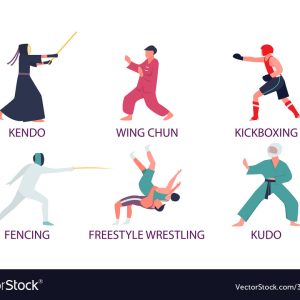The video production process can seem overwhelming if you plan to make a video. The entire process can be complicated, so it is important to stay organized and pay attention to the details. It is important to outline your goals for the video during the pre-production stage to avoid problems later on. You should also consider the location, actors, props, actions, and other details before the video is made. It is best to have a strategy in place before you start filming, so you can focus on the performance and capture the best image of your company. When creating a video, storyboarding and scamps can be helpful. These documents will show the director every shot of the video. They are less likely that the director will follow them exactly, but they can serve as visual inspiration. The next step in the process is pre-production, which involves scouting the location, organising the video, and planning the shot sequences. It's important to remember that video production can take a while. Post-production is the last step in the video production process. The post-production phase will see the footage being reviewed by the production team and any changes made. After all footage has been approved, the project moves into the post-production phase. Here, the video will be edited and added visual effects, music and subtitles. Sometimes, the video production process can include multiple stages. This can make it very difficult if there are multiple locations. The production phase is where your video comes to life. This phase captures the raw materials and then edits them to make your video look and sound great. Your primary point of contact will be at the location to ensure that everything is shot according your vision. The video will be available for everyone to see! Once it has been uploaded, the next step is to distribute it. Once the production is complete, it's time to spread the word about your project. Before you start the video production process it is important to set your goals. These should be specific. They should be measurable, achievable, time-bound, and measurable. You should define your target audience, their age, gender, and location. This will help you choose the shots that you will take during the production. You should include any relevant information that will be of value to your audience in the script. A clear storyline should be included. The script should be easy-to-follow and make sense. After the footage has been shot, it is time for editing. After filming is completed, the team will create the final video. After filming, the team will edit the video until it is perfect. It is also important to consider your audience and the platform on which the project will be shared. The team will have to decide on the tone, genre, and characters for the video. Then, they can select the graphics and special effects to enhance the visual experience of the finished product. This stage is where the story comes alive and the raw materials are captured. It is important to have a clear vision of the final product. It is essential to have a clear picture of the final product. Working with the video production crew will enable you to communicate effectively with your team to achieve the best possible results. For any business, this is critical. A successful video production will not only increase brand awareness, but also help you establish a stronger relationship with your customers. This stage is where the actual filming takes place. To keep everything on track, a director is necessary. He must be able to follow the script and storyboard to produce an effective video. The director should also control the lights and camera. A site visit may be necessary depending on the complexity and extent of the shoot to view the raw footage and make suggestions for improvements. Once all equipment and crew is gathered, the production crew can begin final edits.




